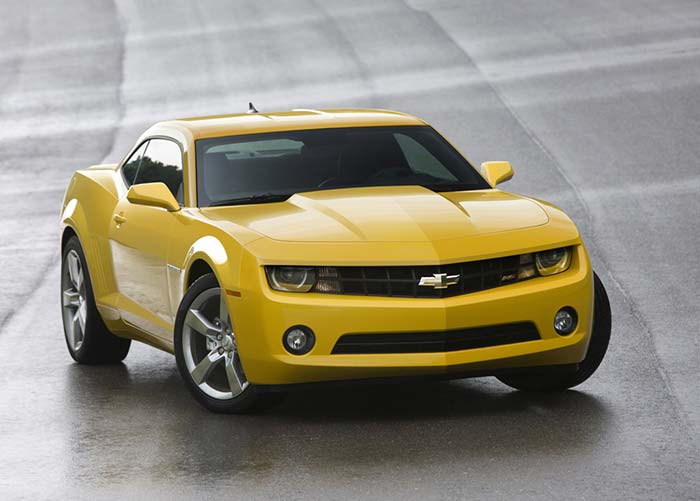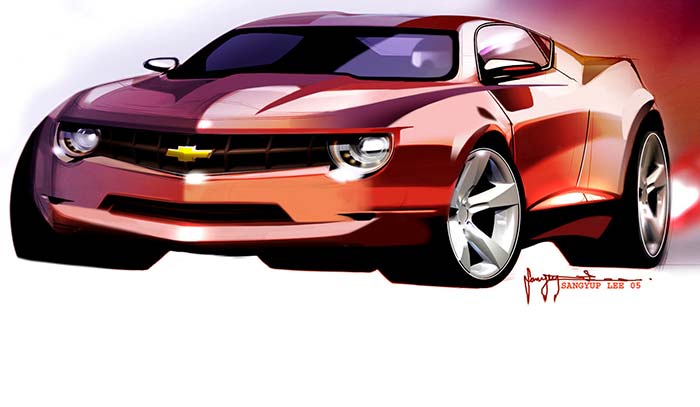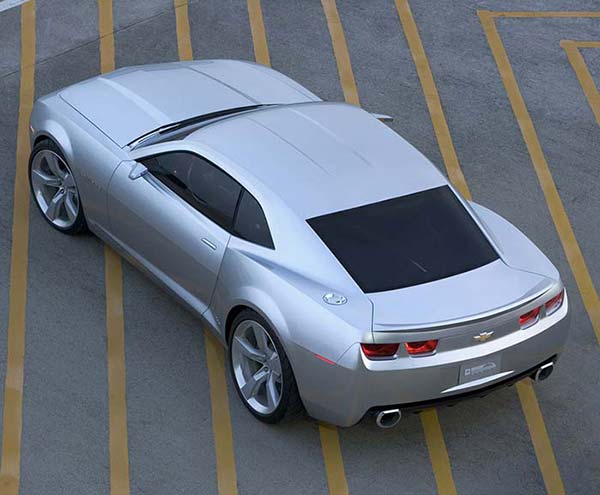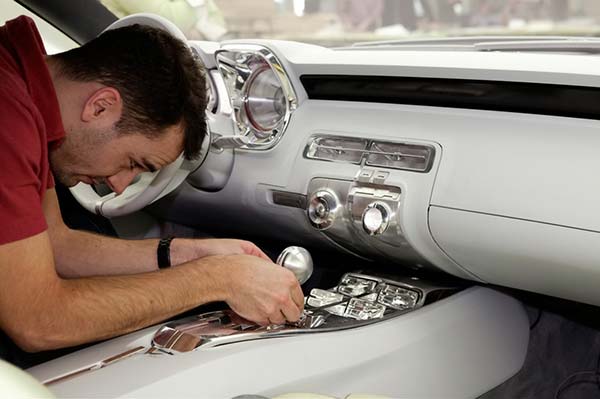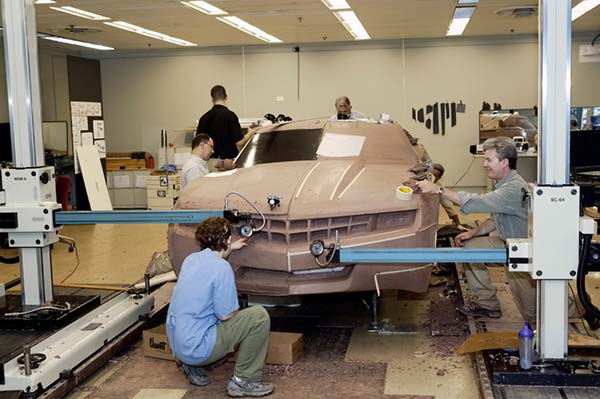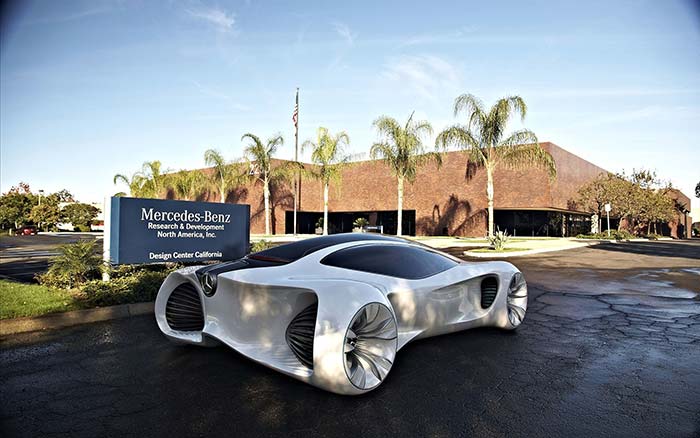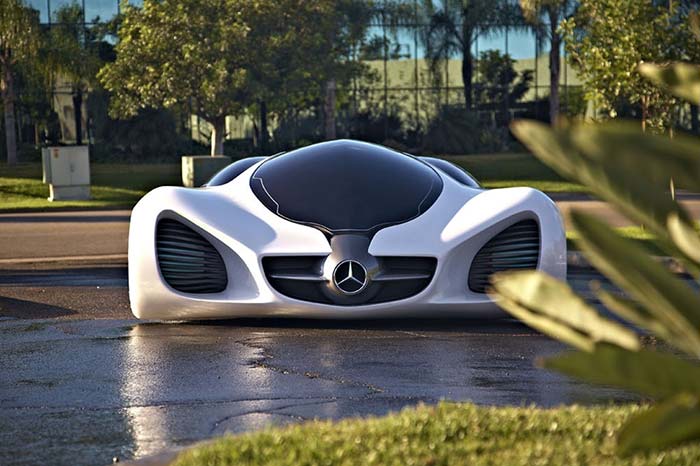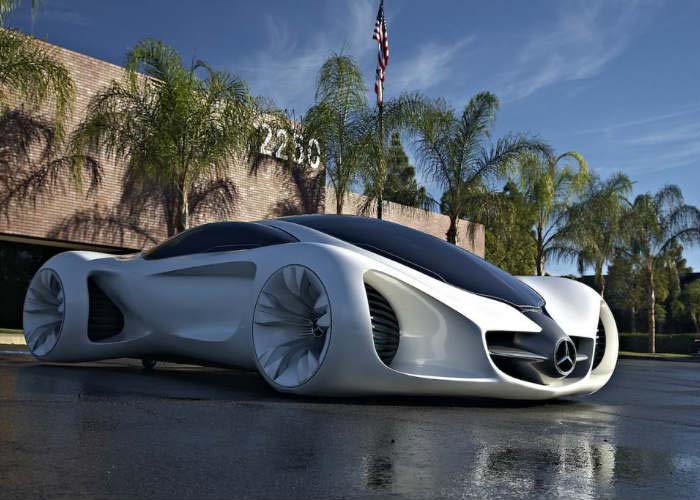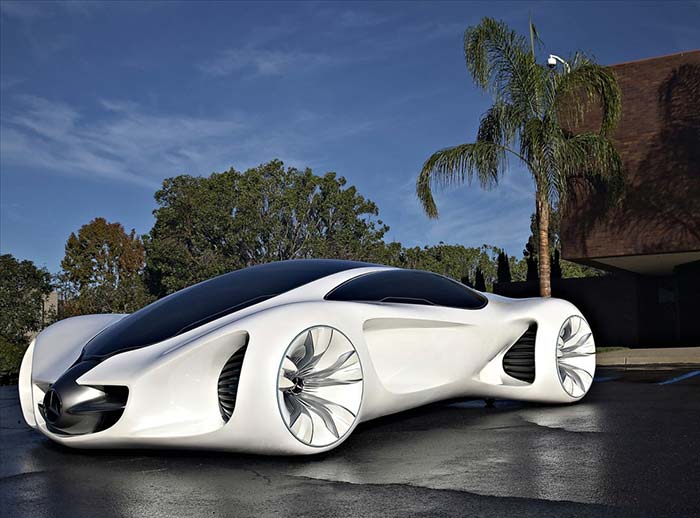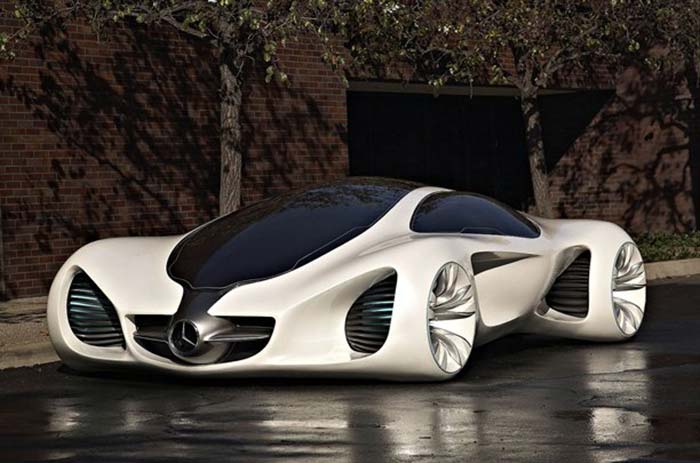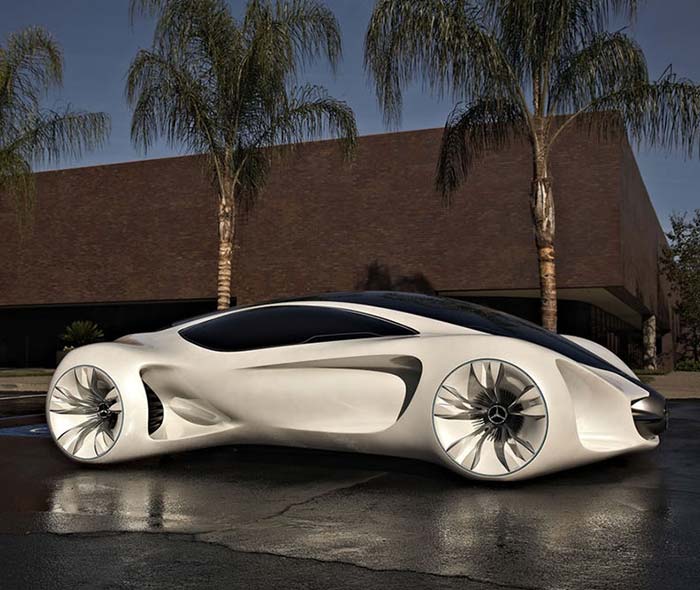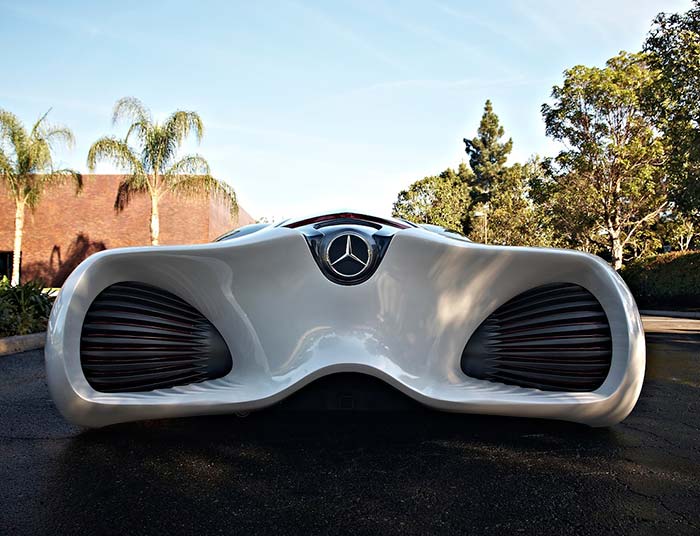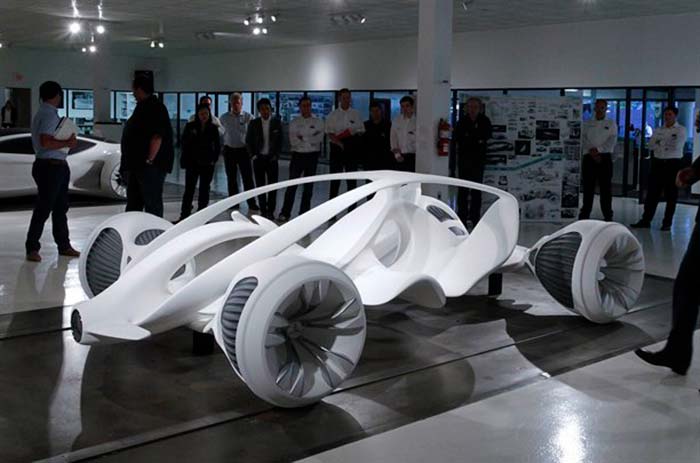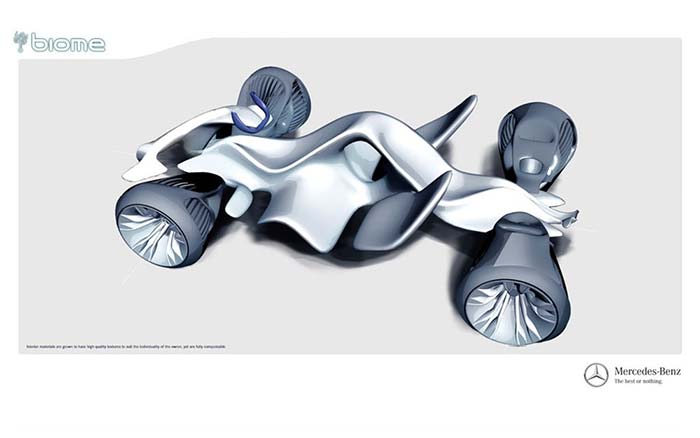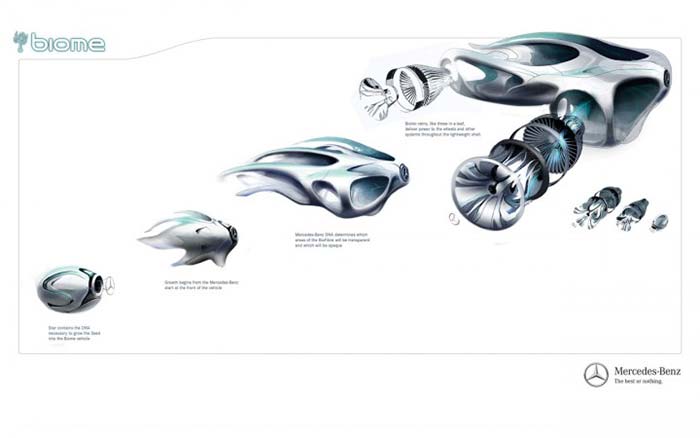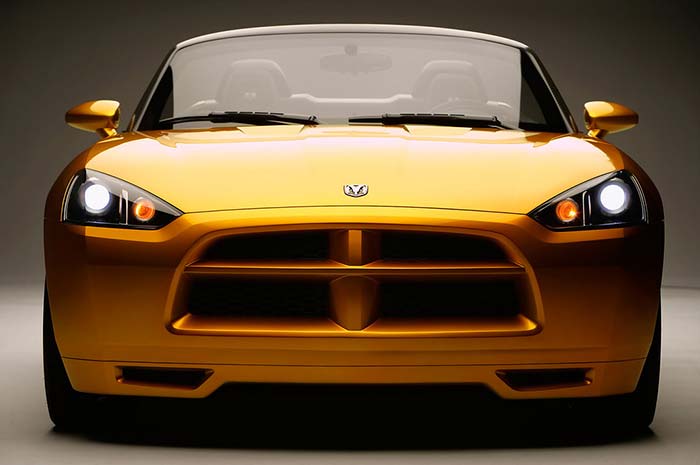
''While the iconic Dodge Viper is a dream car for many, the Dodge Demon is designed to be an attainable dream car,'' said Jae Chung - Dodge Demon Principal Exterior Designer, Chrysler Group. ''The exterior design is simple yet bold, featuring an energetic combination of curves and intersecting planes.''
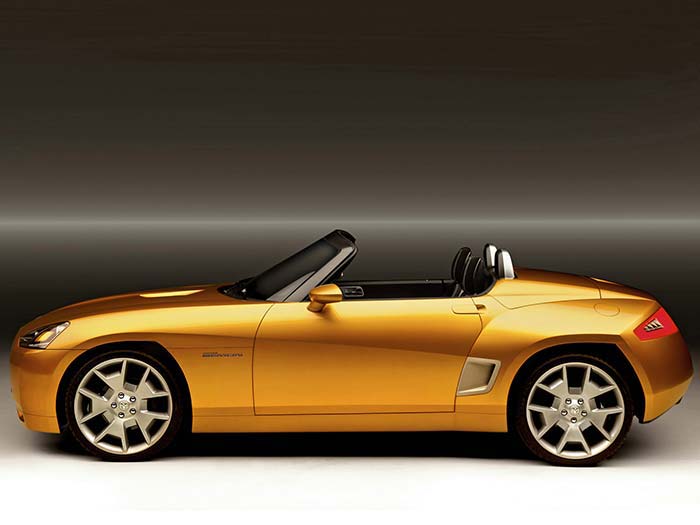
The Demon name has a long and beloved history with Dodge. It was first applied to a two-door fastback version of the compact 1971-1972 Dart, complete with a cute cartoon mascot—a little red imp with a pitchfork. The most recent Dodge to wear the Demon emblem is pictured above: a racy, two-seat sports concept introduced at the 2007 International Auto Show in Geneva, Switzerland.

The bodyside of the Dodge Demon main character line flows up and over the front wheel, then drops diagonally to an angular color-keyed vent on the rear fender that directs cooling air to the rear brakes. In similar fashion, the compound rear fender surface curves up and over the rear wheel, sweeping into a broad diagonal plane extending to the taillamp. The resulting muscular fender form projects boldly beyond the main body, underscoring that the Dodge Demon concept is a rear-wheel-drive machine.
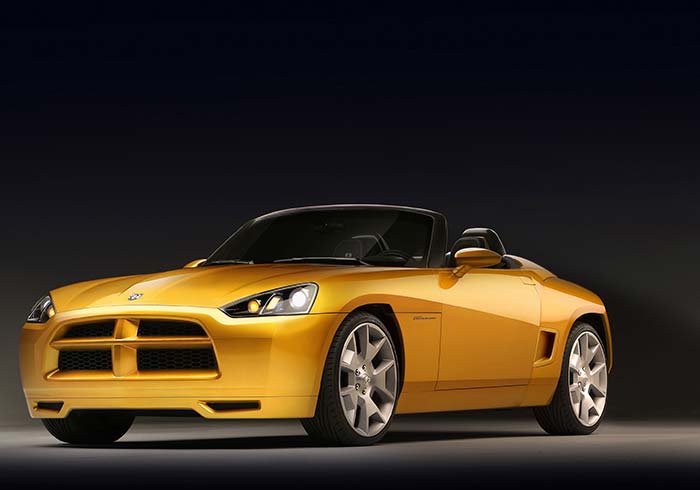
The rear surface of the body is divided into three planes with two chamfered outboard planes, dominated by long, tapering trapezoidal taillamps. The taillamps sport translucent red inset lenses that surround LED back-up lamps.

The Dodge Demon concept is a compact, nimble "roadster with an attitude," a perfect balance of classic sports car proportion and simplicity blended with modern design and performance.
"While the iconic Dodge Viper is a dream car for many, the Dodge Demon is designed to be an attainable dream car," said Jae Chung – Dodge Demon Principal Exterior Designer, Chrysler Group. "The exterior design is simple yet bold, featuring an energetic combination of curves and intersecting planes."

The bodyside of the Dodge Demon main character line flows up and over the front wheel, then drops diagonally to an angular color-keyed vent on the rear fender that directs cooling air to the rear brakes.

In similar fashion, the compound rear fender surface curves up and over the rear wheel, sweeping into a broad diagonal plane extending to the taillamp. The resulting muscular fender form projects boldly beyond the main body, underscoring that the Dodge Demon concept is a rear-wheel-drive machine.
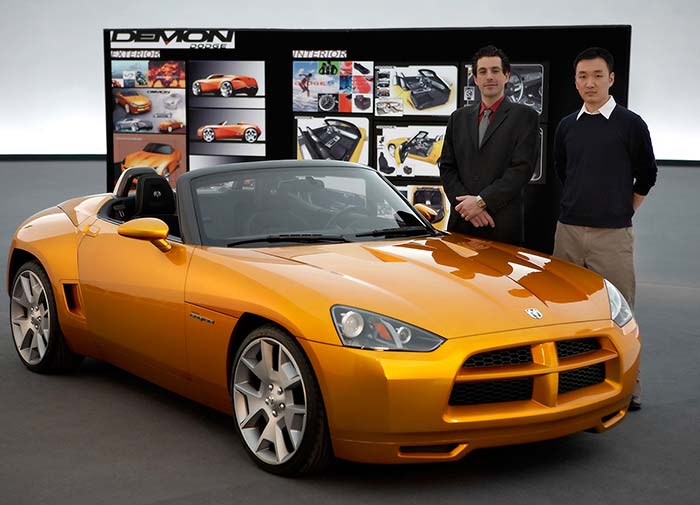
2007 Dodge Demon Roadster Concept - Dan Zimmermann, Interior Designer (left), and Jae Chung, Exterior Designer
The rear surface of the body is divided into three planes with two chamfered outboard planes, dominated by long, tapering trapezoidal taillamps. The taillamps sport translucent red inset lenses that surround LED back-up lamps.

